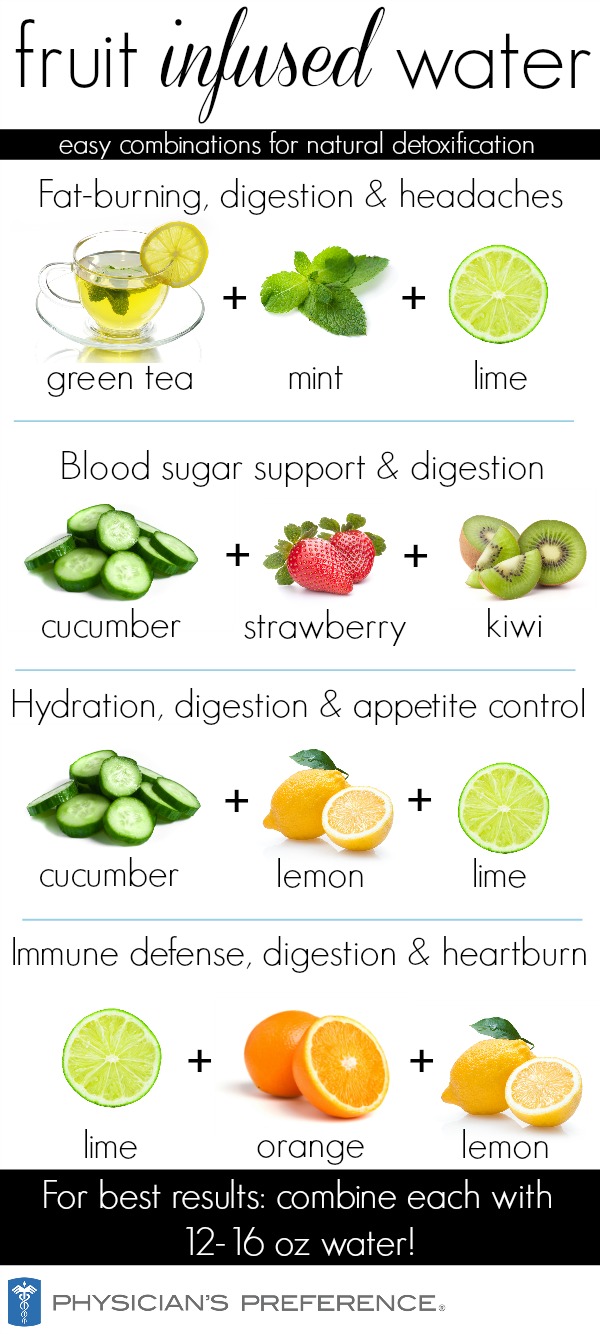This is a guest post by Laura Schoenfeld, a Registered Dietitian with a Master’s degree in Public Health.
One of the downsides of using “the Pill” is that many times it’s hard to get back to a normal menstrual cycle once you stop taking it. Some of my young female clients in their 20s and 30s who were taking birth control for a long time and then stopped haven’t had their periods for months, or sometimes even years!
It can be frustrating, especially for women who have stopped taking birth control because they want to become pregnant. And my clients realize that having amenorrhea isn’t a good sign for their overall health regardless of their childbearing plans, so they’ve come to me to help them make the diet, supplement, exercise, and lifestyle changes they need to in order to get their hormones back on track.
Since this is a common experience for women my age, I wanted to share my best suggestions for recovering from post birth control syndrome using diet and lifestyle, in order to help those who have been frustrated by the symptoms associated with the condition. The following are tips you can follow without needing a doctor’s visit or a prescription. Read on to learn how to get your period back!
1. Optimize Your Nutrition Status
As a dietitian/nutritionist, nutrition is always the number one focus in any of my health improvement plans. My clients who’ve aren’t having regular periods tend to be some of the fastest responders to a tailored nutrition and supplement program, primarily because the loss of menstruation is often be a sign of underlying nutrient deficiencies. Even if you’re eating a whole foods, Paleo diet, there are many nutrients that can be inadequate if you’re not making a concerted effort to include specific foods and/or supplements.
There has been evidence accumulating over the years that certain nutrients may become depleted while a woman is on an oral contraceptive. While there are likely dozens of nutrients that are important in regaining your fertility and monthly cycle, there are a few in particular that I find to be extremely effective in helping to recover the menstrual cycle.
Zinc
Zinc is a critical nutrient to consider, and many nutritionists recommend an increase in zinc intake for female clients struggling with loss of menstruation following the use of the Pill. There is evidence demonstrating that women who take oral contraceptives have lower plasma zinc levels, so they may have higher need for this important mineral for fertility.
Some healthcare practitioners theorize that taking oral contraception might either cause zinc deficiency or even copper overload, which could contribute to the loss of healthy menstrual function. Either way, I always include zinc as part of my recommendations for my clients with amenorrhea.
Zinc can be sometimes difficult to replenish without short term therapeutic supplementation, even in the context of a whole foods diet. If you’re willing to eat lots of shellfish (e.g. oysters and clams), red meat, pumpkin seeds, and poultry, you may be able to avoid supplementing with zinc in this case. I usually recommend 15-30 mg of zinc per day for someone with post birth control syndrome. (If you do supplement, be sure to take it with a meal, otherwise you may get sudden, intense nausea.)
Magnesium
Magnesium is another mineral that I find beneficial for my clients with post birth control syndrome. While many of us in the ancestral health community feel that everyone can benefit from daily magnesium supplementation, it’s especially important for those on birth control (or coming off birth control) to supplement with magnesium.
Magnesium is difficult to get enough of in our modern diets, and some evidence shows that serum magnesium levels are reduced by oral contraceptive use. If you have a history of birth control use, I recommend using a chelated form of magnesium and taking 200-400 mg daily to supplement what you’re getting from food.
Vitamin B6
Finally, vitamin B6 is another nutrient that is not often discussed but can be very helpful in restoring menstrual function in those with post birth control syndrome. A 2011 study found that those who used oral contraceptives had lower plasma vitamin B6 concentrations, and one type of amenorrhea caused by high prolactin levels was able to be treated using B6 supplementation, suggesting that supplementing with B6 may be beneficial in post birth control syndrome.
Vitamin B6 is found in a variety of foods, and is generally safe to take as a supplement at doses below 100 mg per day. I like Designs for Health’s Sublingual Vitamin B6, which has the added benefit of providing a small amount of chelated zinc. At 50 mg per teaspoon, it’s a high enough dose to replenish any depleted stores, but not so much to risk toxicity with long term use.
Other Nutrients
There are other nutrients that I address with my clients, either making diet or supplement recommendations to address potential deficiencies in their diets. One nutrient that I find tends to be quite low in many of my young female clients’ diets is vitamin A. You can get plenty of vitamin A by eating 4-8 ounces of beef or lamb liver every week, and that’s almost always something I recommend to my clients who are struggling to regain their periods. Another important nutrient is vitamin D, which typically comes from adequate sun exposure but can be helpful as a supplement for those with blood levels below 30 ng/mL.
There are many nutrients that may be negatively affected by long term birth control use, and every person’s needs are unique. If you’re struggling with post birth control syndrome and aren’t sure if your nutrition has been optimized for your recovery, I recommend working with a knowledgable nutritionist who can help assess your diet for possible nutrient gaps.
2. Entrain Your Circadian Rhythms
This suggestion might sound a little off the wall, but hear me out: in our modern world of late night TV, attachment to our cell phones, 24 hour artificial light, and inadequate hours of sleep, our circadian rhythms have taken a serious beating.
Circadian rhythms are physical, mental and behavioral changes that follow a roughly 24-hour cycle, responding primarily to light and darkness in an organism’s environment. People who fly across several time zones experience circadian rhythm disruption as “jet lag”, but even less dramatic shifts in your circadian rhythms can cause significant health problems, including infertility and amenorrhea.
Your circadian rhythms affect all endocrine hormone secretions, including melatonin, cortisol, thyroid stimulating hormone, growth hormone, prolactin, follicle stimulating hormone (FSH), luteinizing hormone (LH), insulin, leptin, and more. (1) While we don’t know how all of these hormones might contribute to healthy menstruation, we do know that prolactin, FSH, and LH are the key hormones regulating the menstrual cycle along with estrogen and progesterone.

So it’s not a stretch to assume that if these hormones aren’t being released at the appropriate times, the reproductive system won’t be getting the proper signals that are needed to regulate the menstrual cycle. And some research does show that circadian rhythm disruption from jet lag and shift work can wreak havoc on women’s reproductive function. (2)
There are dozens of factors that affect circadian rhythms, but I’ll just focus on the two most important: light exposure and sleep. Proper light exposure includes getting adequate daytime sunlight and appropriate elimination of bright light at night. The biggest influence is the light hitting your eyes, so I strongly suggest making an effort to get outside, or at least sit by a window, for most of the daylight hours. On the flip side, you also need to ensure you’re not getting blue light exposure once the sun has gone down.
There are ways you can address this issue even if you can’t go outside during the day or shut off all your lights when the sun goes down. The first is to get a light therapy lamp that can help provide the right spectrum of daytime light during your day, which you can set up at your work desk. The second is to block blue light at night, and the easiest way to do this is by using these super fashionable orange goggles. You can also use orange light bulbs as your evening lighting option.
And of course it should go without saying that you need to prioritize your sleep, going to bed early enough to get a full 8 hours of sleep every night.
3. Eat Enough Carbs and Calories For Your Activity Levels
This is one of the most difficult recommendations for many of my clients, as frequently those dealing with post birth control syndrome are also trying to lose weight. And more often than not, their weight loss attempt includes reducing their food intake and cutting down on carbohydrates.
While this strategy may help with short term weight loss, it’s definitely not conducive to your hormonal health to significantly limit your food intake in this way. It’s a well known phenomenon in the medical world, called the Female Athlete Triad, where women under eat and overtrain so much that they lose their menstrual function, and even put themselves at risk for osteoporosis.
Stefanie Ruper has written a fantastic article on the problems with being overly restrictive with your food intake, and how dozens of her readers have written to her complaining that they lost their menstrual function when switching to a Paleo diet. She acknowledges that it’s not the Paleo diet that is the issue per se, but that those who switch to Paleo often get stuck in an overly restrictive, low carbohydrate approach that does not support healthy endocrine function through various effects on the HPA axis and thyroid hormone conversion.
I think it’s safe to say that those women dealing with post birth control syndrome should also be wary about how restrictive their diet is, and ensure that they’re getting enough calories and carbohydrates to support their activity levels. I generally recommend at least 20-30% of calories from carbohydrate for my patients who aren’t getting their period, and provide them an appropriate calorie range for their body size and activity levels. Trying to quickly lose weight while dealing with amenorrhea is rarely a good combination.
And the other side of this issue is avoiding overtraining, which is another problem I see in many of my young female clients trying to “lean out”. As I mentioned, this overtraining and undereating combination is known as the Female Athlete Triad and is well known as a cause of amenorrhea. Overtraining means different things to different people; what might be a normal training schedule for an elite athlete may cause burnout and hormonal disruption in a non-athlete. If you’re dealing with amenorrhea, you need to take a serious look at your training regimen and make sure you’re not overdoing it.
4. Manage Your Stress
This is another big issue for many of my young female clients experiencing amenorrhea. Stress is generally unavoidable in our modern lives, but that doesn’t mean you have to let it disrupt your life and throw off your hormone regulation.
Chronic stress causes hypothalamic‐pituitary‐adrenal (HPA) axis dysregulation, which is also known as adrenal fatigue. (3) Unfortunately, the hypothalamus and pituitary gland are also key regulators of the menstrual cycle. (4) Thus, chronic stress is easily able to cause irregular menstrual cycle activity, and can even lead to a condition known as hypothalamic amenorrhea. This is very similar to what happens in the case of the Female Athlete Triad, and is typically caused by the chronic physical and/or emotional stress that is unfortunately common among young women.
For those trying to overcome post birth control syndrome (or any type of amenorrhea for that matter), getting stress under control is very important. This includes the recommendation above regarding eating enough and avoiding overtraining, but it also deals with managing daily stress from work, relationships, financial issues, and more.
I always tell my amenorrheic clients to find a stress management protocol that works for them, which can include yoga, meditation, journaling, deep breathing, and more. Anything you enjoy doing that helps relieve stress is a great choice, and can make a big difference in your return to normal menstrual function.
5. Boost Your Detox Capacity
Having a strong ability to detoxify is crucial for recovering from post birth control syndrome, as one of the primary issues with taking oral contraceptives for a long period of time is hormonal build up. Your body stores hormones like estrogen in your fat cells, and these stored hormones can linger for months or years after you stop taking the Pill. Your liver is responsible for clearing these hormones through the bile, and if you’re not detoxifying well enough, your liver is ineffective at eliminating these excess hormones.
There are many ways to boost detox capacity – too many to get into in this article – but one great supplement that can help improve your detox capacity is Chris’sPaleologix AdaptaClear, which contains a variety of B-vitamins, amino acids, and herbal extracts that support the body’s natural detoxification process. In addition, I’ve written another article in which I recommend increasing intake of certain foodsthat can help boost hormone clearance.
And wouldn’t you know it, your gut flora can even help you detoxify excess hormones. This podcast I’ve linked to is all about the “estrobolome,” the complete set of bacterial genes that code for enzymes capable of metabolizing estrogens within the human intestine. (5) So taking a high quality probiotic and eating fermented foods, especially fermented cruciferous vegetables like sauerkraut, is an important part of recovering from post birth control syndrome.
What To Do If You Still Haven’t Gotten Your Period Back
These are my best general recommendations for how to regain your period after stopping birth control, and I’ve used these strategies successfully with many young female clients. It’s important to address all these factors, as any one of them can be enough to disrupt menstrual function, which is a sign of suboptimal health.
Of course, sometimes this isn’t enough to get you back on track hormonally, especially if you were taking birth control for many years, or if you started birth control as a method to address hormone issues in the first place. In this case, you may need some additional testing done to identify any issues that may be causing your amenorrhea. PCOS is a very common condition that can significantly disrupt your hormonal function, so you’ll want to discuss this possibility with your endocrinologist.
And of course working with a knowledgable nutritionist can help you identify the missing pieces in your recovery plan to ensure that you’re doing everything possible to get back your hormonal health and menstrual function.
Now you tell me – have you ever struggled with post birth control syndrome and/or amenorrhea? What helped you get your period back? Share your story in the comments below!
 About Laura: Laura uses her knowledge of traditional and biologically appropriate diets to improve her clients’ health. Growing up with a family that practices Weston A. Price principles of nutrition, she understands the foods and cooking practices that make up a nutrient dense diet.
About Laura: Laura uses her knowledge of traditional and biologically appropriate diets to improve her clients’ health. Growing up with a family that practices Weston A. Price principles of nutrition, she understands the foods and cooking practices that make up a nutrient dense diet.
With her strong educational background in biochemistry, clinical nutrition, and research translation, she blends current scientific evidence with traditional food practices to help her clients determine their ideal diet.
You can find her at AncestralizeMe.com, on Facebook, and Twitter!

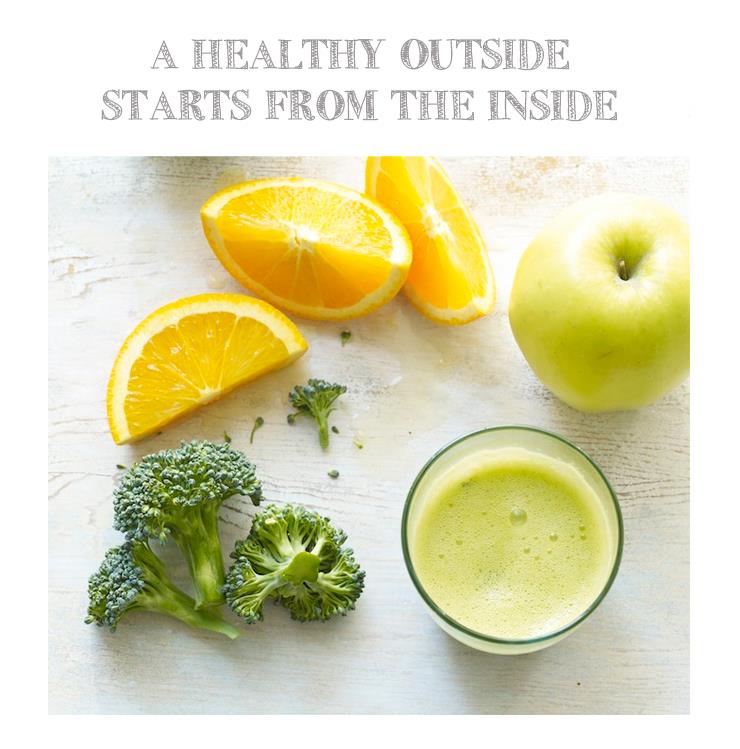
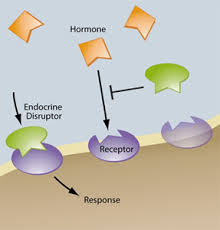
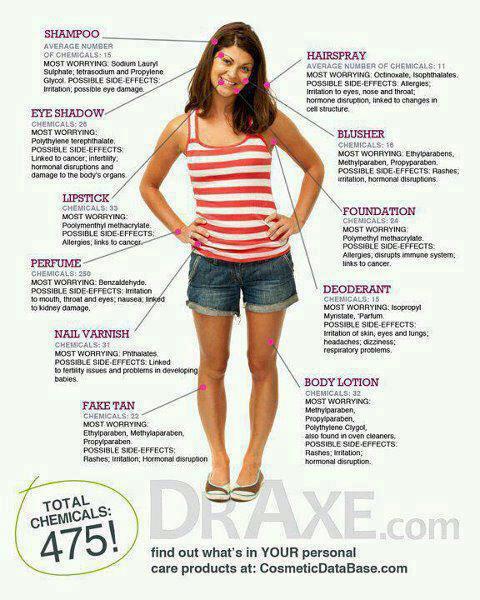

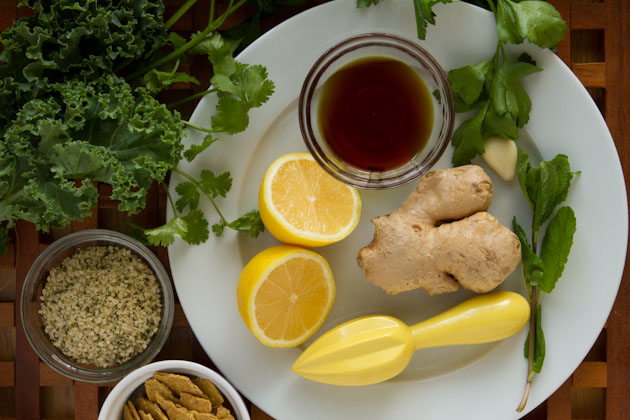





 to improve cardiovascular health, may reduce inflammation throughout the body and even supports the body's natural detoxification system. While cauliflower contains the most nutrients when eaten raw, it can also be steamed and served with your favorite lean protein or turned into our famous
to improve cardiovascular health, may reduce inflammation throughout the body and even supports the body's natural detoxification system. While cauliflower contains the most nutrients when eaten raw, it can also be steamed and served with your favorite lean protein or turned into our famous 

 About Laura: Laura uses her knowledge of traditional and biologically appropriate diets to improve her clients’ health. Growing up with a family that practices Weston A. Price principles of nutrition, she understands the foods and cooking practices that make up a nutrient dense diet.
About Laura: Laura uses her knowledge of traditional and biologically appropriate diets to improve her clients’ health. Growing up with a family that practices Weston A. Price principles of nutrition, she understands the foods and cooking practices that make up a nutrient dense diet.



